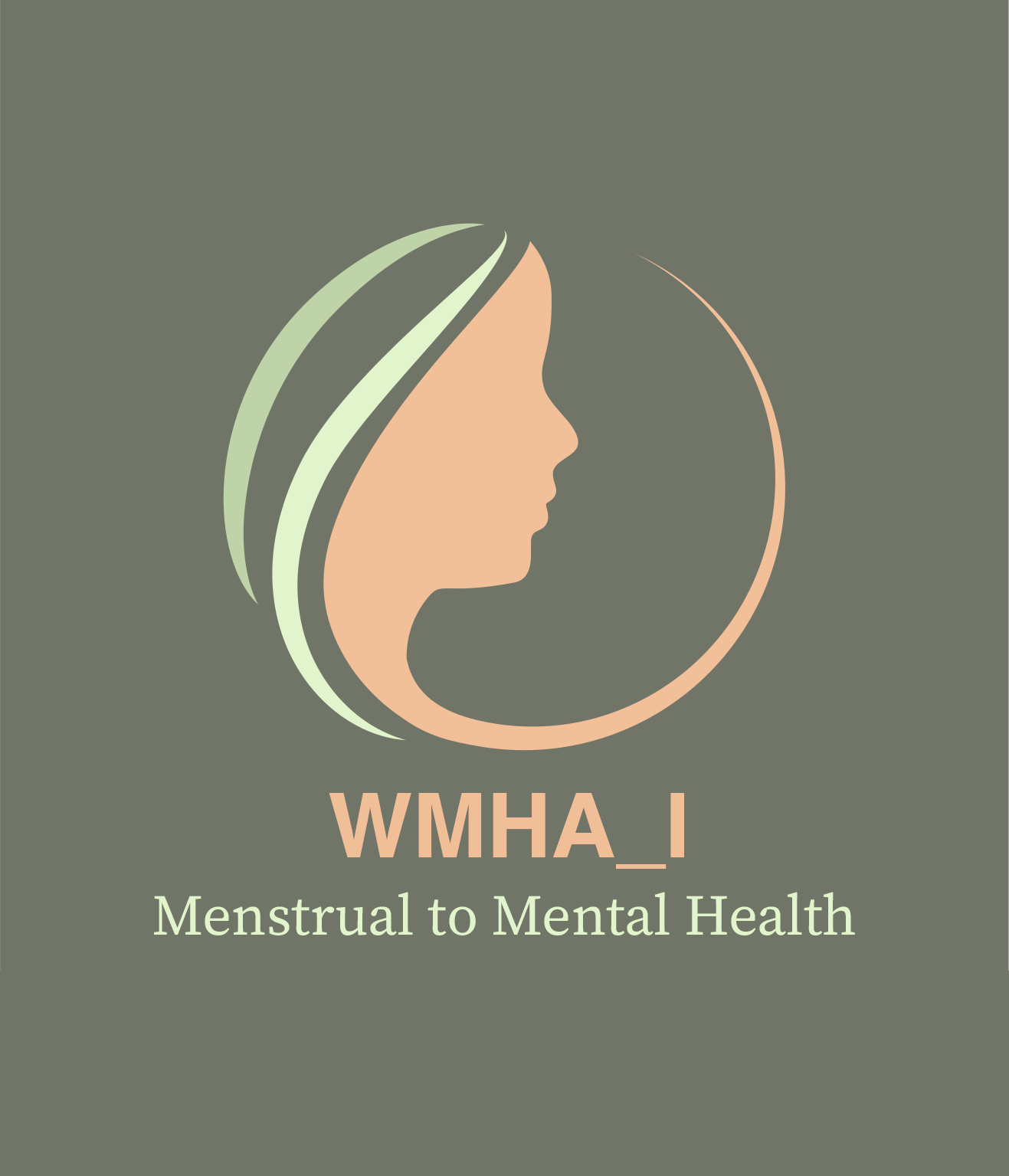In recent years, more and more organizations are championing ‘Diversity, Equity and Inclusion’. However, a smaller yet significant section of the workforce feels left out of this conversation. These are women struggling with reproductive mental health issues.
All women in the reproductive age group (15-49) go through the three phases of the reproductive life cycle. These are: menarche (onset of periods), pregnancy and menopause. While these phases are normal physiological stages, many women face very disruptive symptoms that have a major impact on both their personal and professional lives.
Menstrual and mental health both are associated with considerable stigma and are rarely discussed openly. The confidentiality is even more in a professional environment. Women continue to work through their physical and mental struggles for fear of discrimination. Some organizations do not feel the need to address these issues due to the exclusivity of these conditions. However, both of these are quite counterintuitive and the impact on the overall efficiency and productivity cannot be ignored.
Reproductive Mental Health:
Let’s go through some of the reproductive mental health issues and how they can impact women at work.
Premenstrual Dysphoric disorder: PMDD is a hormone-based mood disorder that affects 1 in 20 women of reproductive age. Symptoms typically occur 7-10 days before the periods and subside with the onset of menstruation. Individuals with PMDD report severe fatigue, loss of interest in work, increased mood swings, brain fog and difficulty interacting with peers during luteal phase of this condition. If left unsupported this could increase absenteeism, increased conflict with colleagues or higher management and individuals even risk losing the job.
Postpartum depression: PPD is defined as an episode of major depression disorder with the onset during pregnancy or within 4-6 weeks post childbirth. It is a constellation of symptoms which includes depressed mood, fatigue, insomnia or hypersomnia and decreased concentration to name a few all of which could impair efficiency at work. The good news is that with the right support and symptom management, PPD is fully treatable.
Menopause: Menopause occurs with the final menstrual period and unlike the two conditions discussed above, is not a disease or illness. However, for some the symptoms are extremely debilitating. The average age of menopause in India is 46 years however the symptoms start much earlier. These include irregular or heavy bleeding, hot flushes, insomnia, brain fog, muscle pain and anxiety and depression. This is the same age where women have moved up the ladder, occupying higher positions in the company. As per survey conducted in other countries, around 18% of employed women are considering leaving their jobs as they are unsupported at work. By not providing an inclusive environment, companies risk losing their highly experienced and talented pool.
Apart from these there are other gynaecological conditions like PCOS, endometriosis, adenomyosis and fertility issues that have huge impact on women’s mental health.
Fostering diversity, equity and inclusion:
Here are a few steps that could immensely support women at work.
- Providing flexibility: The working culture can be clearly divided into pre and post pandemic era. Remote working (where applicable) has given women the hope that they can balance their personal lives without giving up on their career or ambition. According to Mckinsey report 2023 Women in the Workplace 2023, men and women both consider ‘flexibility’ as a top 3 employee benefit, second only to healthcare. Even now women continue to do ‘the second shift’, managing household and childcare responsibilities. Flexibility at work provides control over their schedule. This reduces fatigue and burn out, increasing efficiency and productivity in turn.
- Shift work: where remote working is not an option like manufacturing facilities and healthcare, working in shifts could provide the time and space needed to recuperate.
- Training higher management: Providing an empathetic and supportive environment to the staff is crucial for a positive and thriving culture. Training higher management would help them understand how to support staff with these issues. They could play a crucial role in providing solutions that is beneficial both for the organization and for the individual.
- Awareness programmes: Awareness sessions by an external provider could be a good conversation starter. These sessions not only educate but by openly discussing issues help reduce the stigma.
- Onsite facilities: Women spend 8-9 hours of their day at work and it’s easy to overlook their health needs while engrossed at work. Organizations can promote the wellbeing of their staff through encouraging physical movement like yoga and aerobics on site. They can also organize smaller fun initiatives for promoting health of their employees. This could include rewards for increasing daily step counts, eating healthy at work, improving hydration etc. This not only allows a shift in mindset but also increases bonding between colleagues.
- Support for new mothers: employers can provide support through open communication, structured transition. Staggered return to work, delayed start to working day and hybrid working could be all very helpful.
For the longest time, we have perceived our professional and personal lives (which includes our health) as two separate entities. However, both have a profound impact on each other especially for women. To help women achieve their ambitions and have a good quality of life, a supportive and empathetic workplace is paramount.





